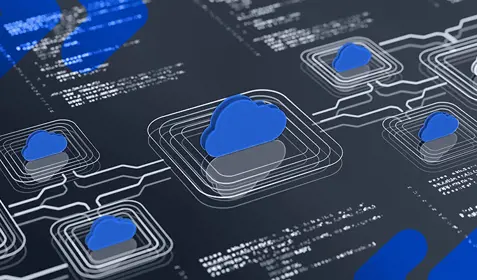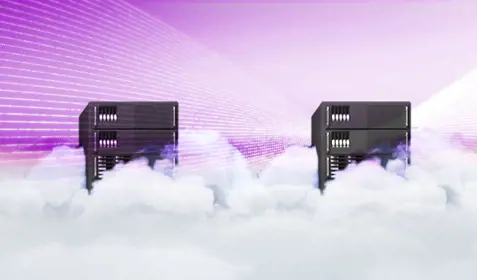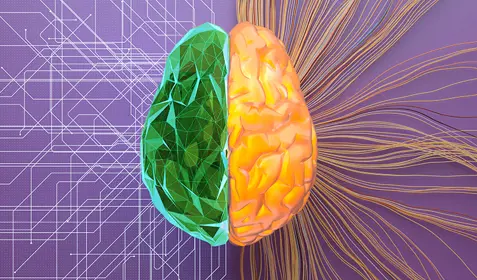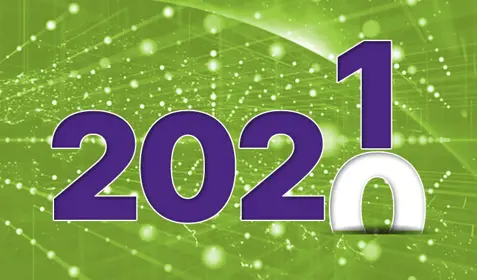Sweeping natural disasters, be it hurricanes or forest fires, paired with unexpected changes to work models, such as the mass shift to remote work brought on by COVID-19, has made system uptime more critical than ever. When systems experience interruptions, as they inevitably do, they need the ability to bounce back, also known as cyber resilience, to avoid costly disruptions to essential busines operations. This explains why hosted disaster recovery – or disaster recovery as a service (DRaaS) – is an increasingly attractive option.
To learn more about Carbonite™ options for DRaaS, read our e-book.
While the need and justification for DRaaS has become more compelling, the cost has also gone down. Traditionally, the high cost and high maintenance of disaster recovery infrastructure precluded the widescale adoption of DRaaS by midsize and smaller businesses. Now, DRaaS is rapidly gaining in popularity for businesses of all sizes. And for MSPs specifically, it’s been increasingly easy to host disaster recovery sites in their own private clouds. Public cloud providers, like AWS and Google Cloud, have also removed these barriers, making DRaaS far more accessible for even the smallest organizations.
DRaaS, in its most generic form, is when a third-party vendor, like a managed services provider (MSP), delivers remotely-hosted disaster recovery services to protect data and applications. The range of DR services offered can vary greatly from provider to provider, however most are offered under a plan where DR software is hosted by the provider and licensed to users on a subscription basis.
Today, there are also options for self-service DRaaS. In this scenario, while the DR site is hosted remotely, the responsibility for managing the environment and executing DR functionality falls on the business. This gives businesses even greater flexibility for adopting DRaaS and reaping its benefits.
While not every system necessitates the service levels that DRaaS affords, practically every business has at least one critical application – more likely a few – that they rely on for essential operations. For these systems, here are five reasons why DRaaS may be a more optimal solution for keeping them online.
5 Reasons to Choose DRaaS
- Reduced disaster recovery costs – If you’re currently using a dedicated disaster recovery site, you’re already familiar with the high cost of owning and managing the infrastructure. If not, here’s a list of the primary expenses of deploying a dedicated DR site, above and beyond the software licenses for servers, storage and security. These costs are eliminated with DRaaS:
- Owning your own building or leasing space for your secondary datacenter
- Alternatively, leasing a cabinet or cage at a datacenter provider
- Monthly costs associated with power, cooling and network bandwidth at the secondary site
- Purchase or lease of servers, storage and network equipment at the secondary site
- Travel to and from datacenters or on-site staff at the secondary datacenter
- Eliminate requirements for seasoned BCDR staff – As the list above shows, building and maintaining a secondary DR site can be both costly and complex. Because vendor-maintained infrastructure hosting and software automation simplifies adding DRaaS to your organization, the need for qualified (and expensive) BCDR staff is no longer a requirement.
- Interoperability – So many DR solutions are based on replication or synchronization from only one specific hypervisor, or they’re restricted to one physical server. Some solutions are even application-specific. In contrast, DRaaS solutions are hardware-, hypervisor- and application-independent. So, you can protect servers across different hypervisors and replicate data between dissimilar storage systems with more flexibility.
- Save time – By reducing complexity and simplifying the disaster recovery solution, IT organizations save a tremendous amount of time as compared to managing their own disaster recovery site. Additionally, if you have yet to deploy your own DR site, you’ll be able to deploy DRaaS within hours or days (depending on your number of servers) as compared to the weeks or months it can take to deploy your own site.
- Comprehensive DR – In many cases, companies that implement their own DR site have to do it in phases and can only protect the most critical servers first. In many cases, they will never be able to protect all servers. Because DRaaS is so much easier and more affordable, many companies are able to protect all of their servers, providing a more complete DR solution.
Recommendations
DRaaS solutions have advanced to the point that they are now realistic solutions for companies of every size, from SMBs to large enterprises. Organizations that already have a DR site in place should investigate whether their TCO could be reduced by implementing DRaaS, either self-service or through a service provider. They should also consider DRaaS as a cost-effective way to further strengthen their existing DR capabilities and the overall cyber resilience of their systems.
Carbonite: The Choice for DRaaS
Carbonite DRaaS solutions provide the ability to respond on-demand to all your workload protection and recovery needs with a single easy-to-manage technology. Because it’s hardware-, hypervisor- and platform-independent, Carbonite is the solution of choice for implementing DRaaS and strengthening cyber resilience. Best of all, Carbonite is ready to support even the most scalable hypervisor and cloud computing technologies by enabling many-to-one protection of physical, virtual and cloud-based server workloads.
To learn more about Carbonite options for DRaaS, read our e-book.










